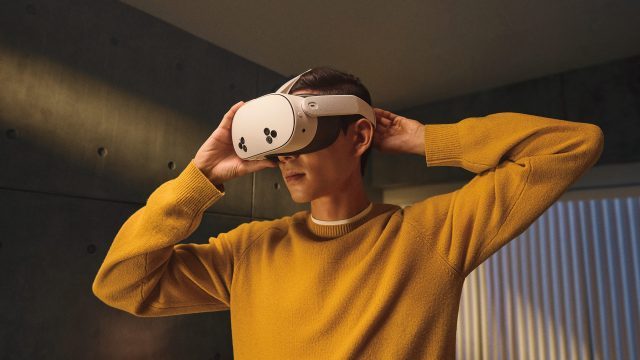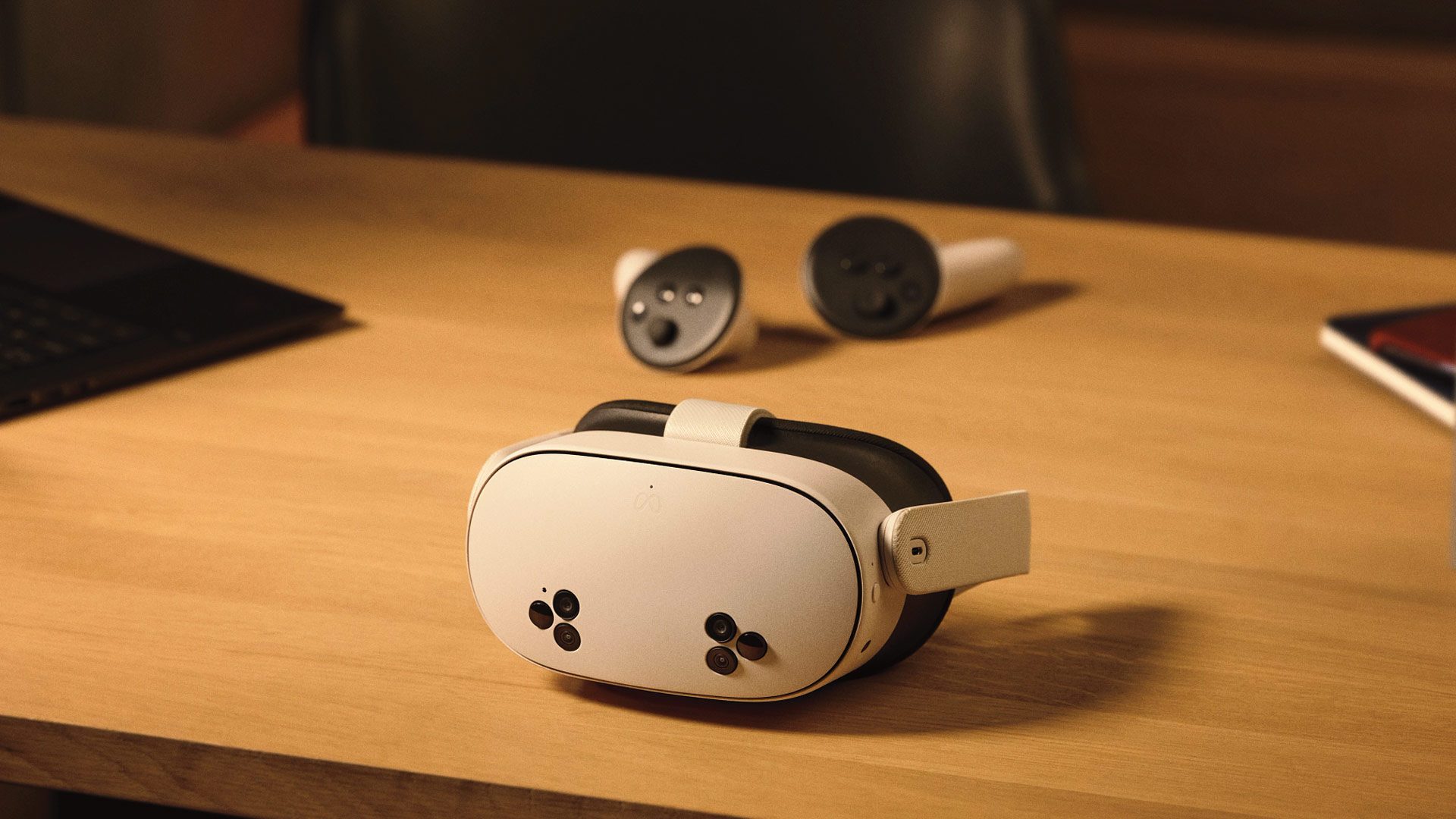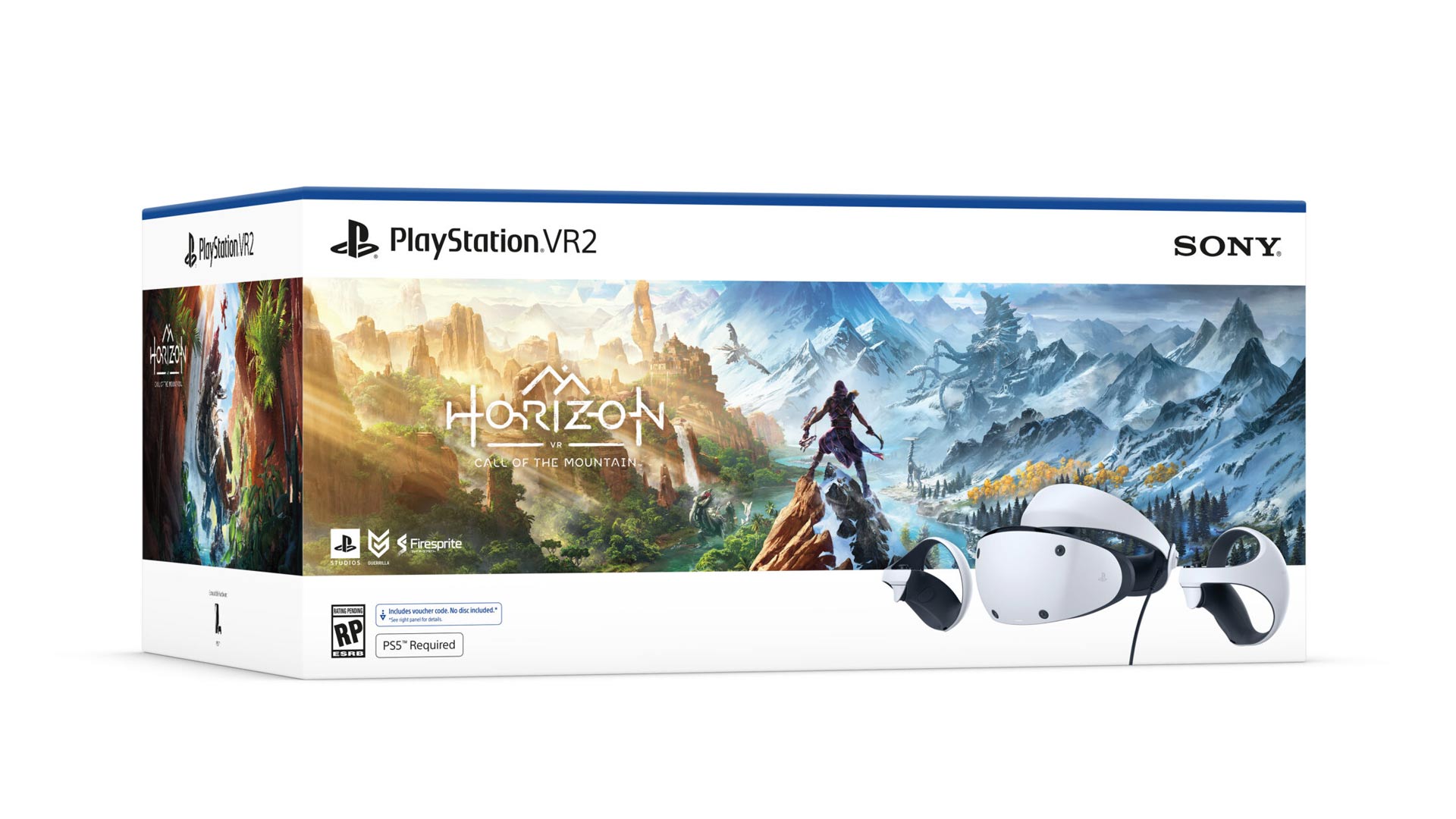
The most iconic Bluetooth speaker is on sale.
The post Marshall Drops 50% Off on Amazon, Iconic Portable Speaker Now Cheaper Than Budget Audio appeared first on Kotaku.


The most iconic Bluetooth speaker is on sale.
The post Marshall Drops 50% Off on Amazon, Iconic Portable Speaker Now Cheaper Than Budget Audio appeared first on Kotaku.

The GMKtec G10 Mini PC fits in the palm of your hand but outperforms many of its full-sized rivals and PC laptops.
The post Amazon Stops Caring About Profit on This Ryzen 5 Mini PC as It Clears Out the 4.5-Star Desktop Inventory appeared first on Kotaku.

Another incredible selection of unknown games, both out now and coming soon
The post 20 Extraordinary Indie Games To Slam On Your Wishlist This Black Friday appeared first on Kotaku.

The best value for money Garmin watch available right now.
The post Garmin Offloads Its Cheapest Model Ever, Now Zero-Profit Play on Forerunner 55 GPS Running Watch appeared first on Kotaku.

It’s not everyday you get to save $200 on a highly-rated Dyson appliance.
The post Dyson’s Heater and Fan Combo Hits a 40% Black Friday Low, Practically a Christmas Gift for an All-Season Appliance appeared first on Kotaku.

Jackery’s flagship portable power station drops to $349 for Black Friday.
The post Amazon Sells Jackery Explorer 1000 at New Low, 1500W Power Keeps Americans Safe From Winter Outages appeared first on Kotaku.

Save $30 for a limited time on the WD 5TB My Passport Ultra over at Amazon.
The post At $0.02 Per GB, WD 5TB My Passport External Hard Drive Leaves No Margin on the Table appeared first on Kotaku.


Black Friday 2025 is a great time to grab some of the best deals on VR gear, including deep discounts on Meta Quest 3S, PSVR 2, Ray-Ban Meta smart glasses, VR games and more.

Normally priced at $300 for the 128GB version, Quest 3S is currently on sale at Costco for its cheapest price yet: $200 for the 128GB version for members, and $215 for non-members. Check out more details on the deal here.
There’s also a load of official Quest accessories on sale right now too via Amazon and direct from Meta:
And don’t forget the big Black Friday Quest game sale, which offers discounts up to 40% using the code: BFCM25 – offer ends December 2nd.

One of the best games on PSVR 2 comes right in the box (okay, it’s a code, but it’s there): Horizon Call of the Mountain (2023).
Originally priced at $400, you can nab this hardware bundle for $100 off via Amazon. Note: this doesn’t include the required PlayStation 5 console: just the headset, controllers, and Horizon Call of the Mountain game.

Released in 2023 starting at $300, Ray-Ban Meta (Gen 1) are capable smart glasses have a lot going for them: video/photo capture, onboard AI assistant, and the ability to play music and take calls.
While it’s true there’s now a second gen version, which starts at $380, you can grab a pair of the Gen 1 smart glasses for starting at $240 — that’s 20% off the original price, which includes the whole gamut of lens and style combos. See more info here.
We’ll be updating this list as deals roll in for Black Friday and Cyber Monday, so check back soon.
The post The Best Black Friday VR Deals: Quest 3S, PSVR 2, Ray-Ban Meta & More on Deep Discount appeared first on Road to VR.

This backlight syncs instantly with your screen.
The post Govee TV Backlight Drops to Just a Few Dollars, Turn Basic TV Into Cinema Setup on a Budget appeared first on Kotaku.

Juice all your essentials up in one go.
The post Amazon Pushes Anker’s 3-in-1 MagSafe Charger to a Record Low Amid a Wave of Apple Deals, Despite Being Newly Released appeared first on Kotaku.

GoPro’s biggest rival.
The post DJI Went Rogue on Osmo Action 5 Pro, GoPro Rival Now Costs What Budget Cams Do appeared first on Kotaku.
![]()
Save 26% on the Google Pixel Buds Pro 2 with active noise cancellation over at Amazon.
The post Google Pixel Buds Pro 2 Is Going Even Lower Than Its Planned Black Friday Price to Compete With AirPods and Galaxy Buds appeared first on Kotaku.

You can build one large or two smaller Christmas trees.
The post LEGO Christmas Tree Hit 80K Sales This Black Friday, Festive Set Now Goes for Peanuts appeared first on Kotaku.

Film better, while saving big.
The post DJI Clears Out Osmo Pocket 3 With Mic Included as This Black Friday Vlogging Camera Stock Runs Low appeared first on Kotaku.

Our favorite Android flagship phone in 2025.
The post Samsung Goes Absolutely Nuts With S25 Ultra, Now Selling iPhone Rival at Price That Makes Zero Sense appeared first on Kotaku.

One of the best Android phones in 2025.
The post Amazon Offloads All Flagship Phones This Black Friday, Including OnePlus 13 Now at New Record Low appeared first on Kotaku.

Captures 12MP photos hands-free, plays audio only you hear and looks exactly like Ray-Bans.
The post Meta Quietly Offloads Ray-Ban Gen 1 via Amazon, Smart Wayfarer Now Goes for What Regular Sunglasses Cost appeared first on Kotaku.

The pair offers two listening modes, plus up to 30 hours of battery life with the charging case.
The post Apple Breaks Margin Lines as AirPods 4 at Nearly 50% Off Are Priced Like Budget Earbuds appeared first on Kotaku.

Best value for money iPad.
The post Apple Runs Secret iPad Air Sale on Amazon, Best Apple Tablet Now Going for All-Time Low appeared first on Kotaku.

Displays Full HD properly, lasts 13 hours per charge and survives drops reliably.
The post Amazon Gave Up on Fire 10-Inch HD Tablet, Own Hardware Burned With Zero Margin appeared first on Kotaku.